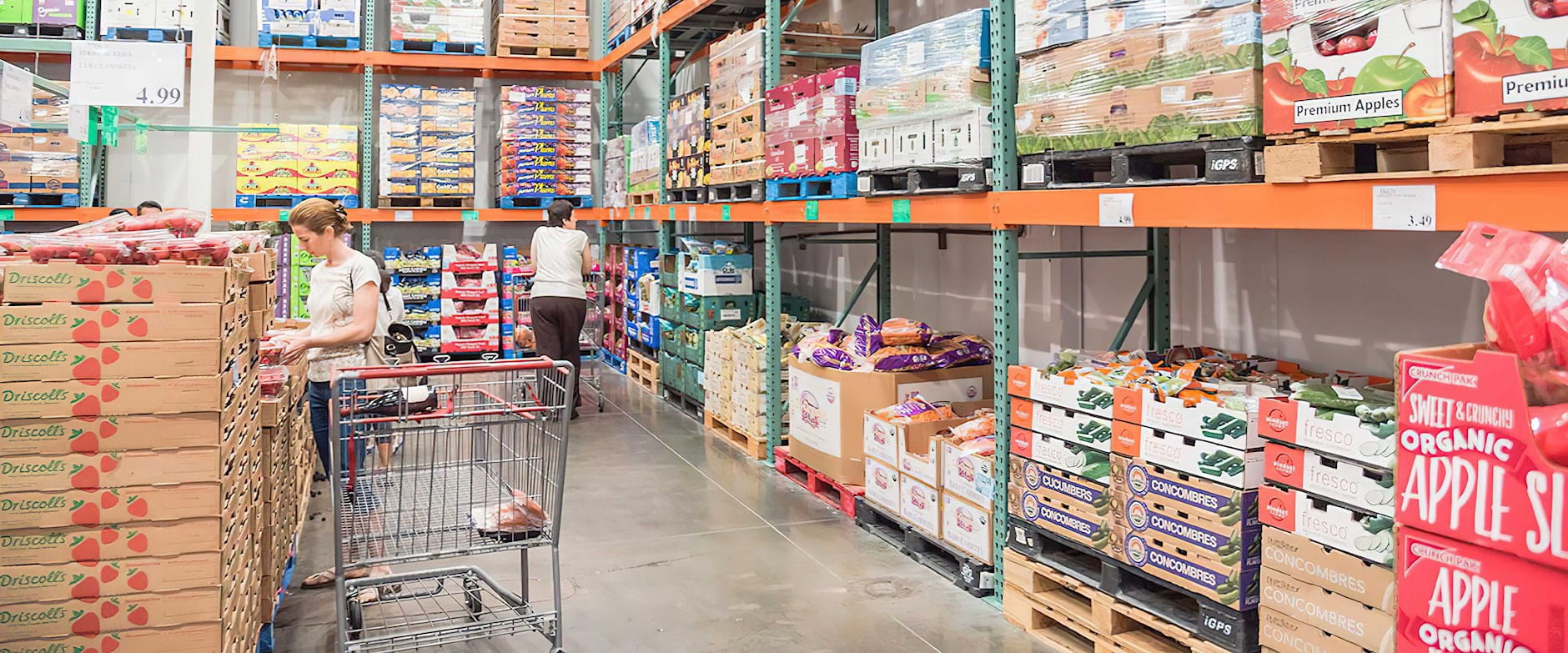
Capitalisn’t: Ask Luigi Zingales Anything
The Chicago Booth finance professor and Capitalisn’t cohost fields questions on everything from competition policy to his favorite soccer team.
Capitalisn’t: Ask Luigi Zingales Anything
Shutterstock
Buy five for the price of three.” “Super deal on family-sized packs.” In supermarket aisles across the United States, customers are routinely exhorted to buy household necessities in bulk. The savings for families from bulk buying can be significant, both in money and in the amount of time spent shopping.
But these benefits are being unequally shared by higher- and lower-income households, according to research by University of Pennsylvania PhD candidate Mallick Hossain. The pattern he documents may increase the risks for lower-income households.
The gap in purchasing habits between these groups is particularly acute for everyday nonperishable necessities such as toilet paper and paper towels. If low-income Americans were to buy in bulk as high-income families do, they could reduce their supermarket spending by 5 percent, or a staggering aggregate of $5.4 billion annually, Hossain calculates.
So why are poorer families failing to capitalize on these benefits? To find out, Hossain analyzed household and store-level information from the Nielsen Datasets at Chicago Booth’s Kilts Center for Marketing. He drew on Nielsen’s Consumer Panel Data, a nationally representative panel survey of household grocery purchases, and Nielsen’s Retail Scanner Data, which collects weekly UPC-level sales from 35,000 stores. Hossain merged these with his own novel data set of state-level per-unit pricing regulations, including a measure of regulatory stringency by state. By adding information on the opening dates and locations of warehouse clubs such as Costco to the Nielsen data, he was able to see how household spending changed.
Hossain finds four contributing factors shaping household-spending patterns across American demographic groups.
One is whether unit prices were clearly displayed. Purchasing tends to be decided partly on price comparison. Where this information was clearly available, it reduced what Hossain calls the “cognitive costs” or mental effort involved in comparing unit prices across products. Only nine states nationwide require the display of such prices in supermarkets. Hossain finds that where retailers have such a mandate, households were significantly likelier to buy in bulk.
Geography and store location also affected purchasing decisions. Even within the same neighborhood, there were significant gaps in bulk-buying patterns between the more and less affluent, Hossain finds. These gaps continued to exist when high- and low-income groups shopped in the same stores.
The two other factors were liquidity and storage capacity. Low-income households may not have the budgets for bulk buying or enough space to stash giant packages of toilet paper or paper towels.
Hossain’s analysis suggests a relatively easy fix to encourage less-affluent households to buy essential goods in bulk: more clearly display prices per unit. He calculates that this would enable the lowest-income households to pay 6 percent less. And according to Hossain’s data modeling, it would lead to a reduction of the bulk-buying gap between high- and low-income groups by 27 percent—a key takeaway for policy makers looking for ways to reduce income inequality.
In the meantime, with COVID-19 shelter-in-place and social-distancing measures across the country, there is a clear risk that inequality will become temporarily more acute. Wealthier people may be better equipped to bulk buy to minimize dangerous restocking trips to the store. Those with lower incomes may well face increased risks because of their inability to build stockpiles of necessities.
E. Mallick Hossain, “Less Is More Expensive: Income Differences in Bulk Buying,” Working paper, November 2019.

The Chicago Booth finance professor and Capitalisn’t cohost fields questions on everything from competition policy to his favorite soccer team.
Capitalisn’t: Ask Luigi Zingales Anything
Journalist David Enrich joins the podcast to discuss the influence of “Big Law.”
Capitalisn’t: How Big Law Firms Shape Capitalism
Ideas abound for a simpler, more effective tax regime.
Is the Tax Code beyond Fixing?Your Privacy
We want to demonstrate our commitment to your privacy. Please review Chicago Booth's privacy notice, which provides information explaining how and why we collect particular information when you visit our website.